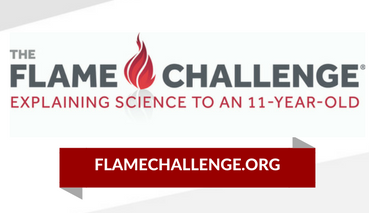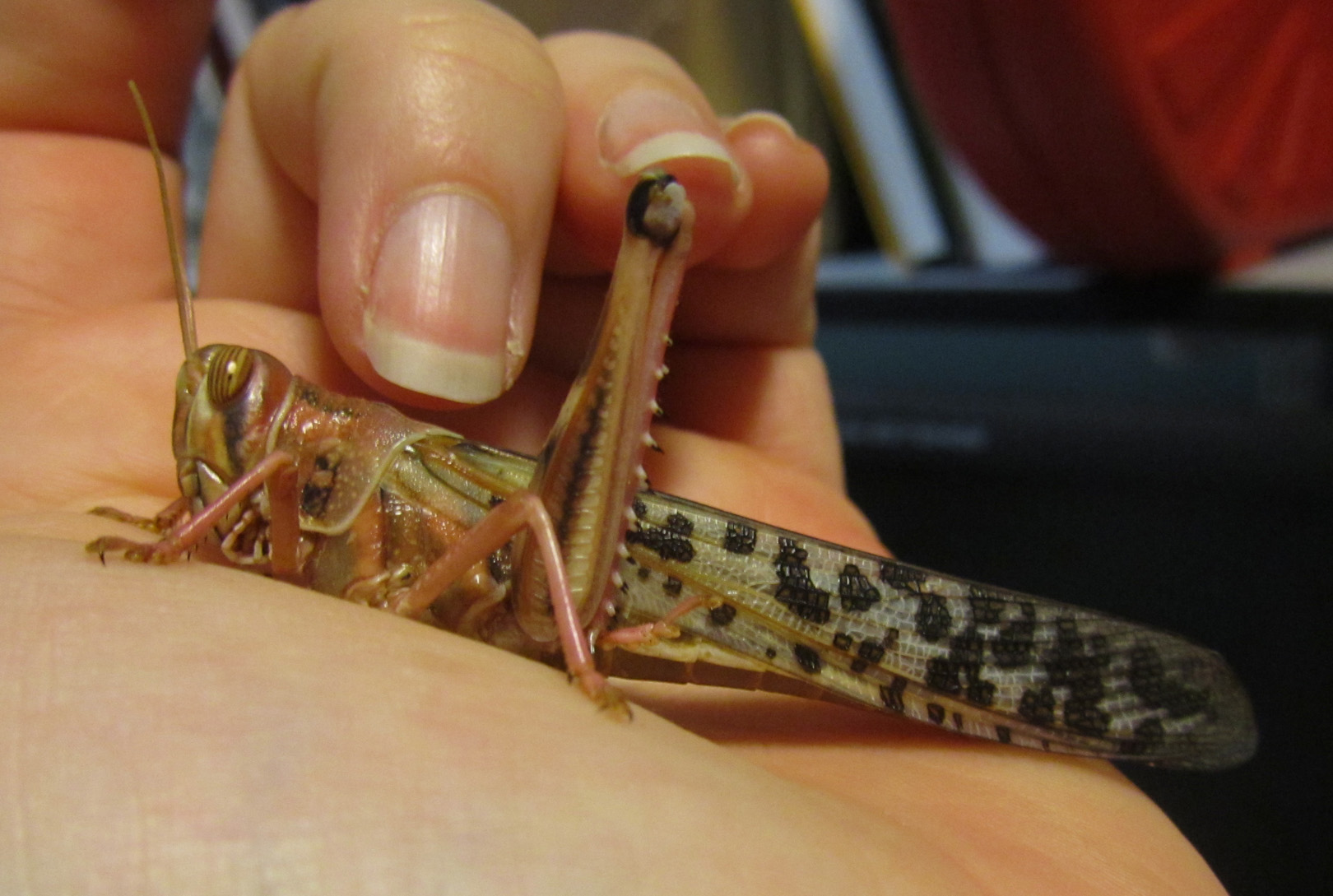Science Communication: Writing
Over the years I have written for a variety of audiences. On this page is a sample of some of the work I have done. Please click on each example for the full text.
Below the writing is divided into:
- Science Summaries
- Youthful Audiences
Science Summaries
- Eating insects is an emerging benefit to help environmental and health issues. In this article, published Feb 2019 by Massive Science, I explore some of the recent research behind eating insects. I explain how insect farming is better for the environment then traditional animals (e.g., greenhouse gasses, land and water use). I also discuss some of the trendy gourmet insect themed foods now on the scene.
- Science Communication (#SciComm) is becoming more widely appreciated among researchers. To help scientist, there is a growing body of tools available. One resource is Science Talk, which I contributed an article about a video I created aimed at 11-year old students.
http://www.sciencetalk.org/a-science-blog/what-is-climate-to-an-eleven-year-old
- Writing for different audiences is a necessary task. Here I show one example of how I tackle writing with the topic of insects. I write for 5 year olds, undergraduate students, graduate students, and a colleague in my field.
- Complicated topics like “Stable iridium dinuclear heterogeneous catalysts supported on metal-oxide substrate for solar water oxidation” (Zhao et al, 2018) can still be broken down into concepts we all understand!
- Awake…asleep…awake…asleep…AWAKE! Learn more about the circadian rhythm and how it affects many different tissue types in this summary of the research Mure et al (2018) at the Salk Institute where they tested 64 tissue types and >25,000 gene transcripts.
- Metallic Glass is a metal alloy, very strong, and what exactly? (Ren et al, 2018)
- Ever wonder about birds singing? Here is a summary about song transmission “Eavesdropping avoidance and sound propagation: the acoustic structure of soft song” (Vargas-Castro et al, 2017)
- Highlight of the laboratory of Louis K Scheffer, Ph.D. at the Howard Hughes Medical Institute
- A summary of an article “Improving the accuracy of Møller-Plesset Perturbation Theory with Neural Networks” ( et al, 2017), well outside of my day-to-day science but really interesting work!
Youthful Audience

The Alan Alda Center for Communicating Science asks scientists to answer, for 11-year old students a complicated question–that they will judge. In 2016 the question was: What is Sound?

The Alan Alda Center for Communicating Science asks scientists to answer, for 11-year old students a complicated question–that they will judge. In 2017 the question was: What is Energy?

Ever have a question you want to ask a scientist about? The Idaho Environmental Surveillance, Education, and Research Program has a forum for just that!
I answered the question: Are daddy longlegs the most venomous spiders?

As an early career scientist I entered my research into a competition where scientist had to explain their research to a general audience. As a finalist, the work was presented as a poster at the Glasgow Science Museum.
Using insect ‘ears’ to understand novel methods of sound reception
#SheRockScienceProduction
